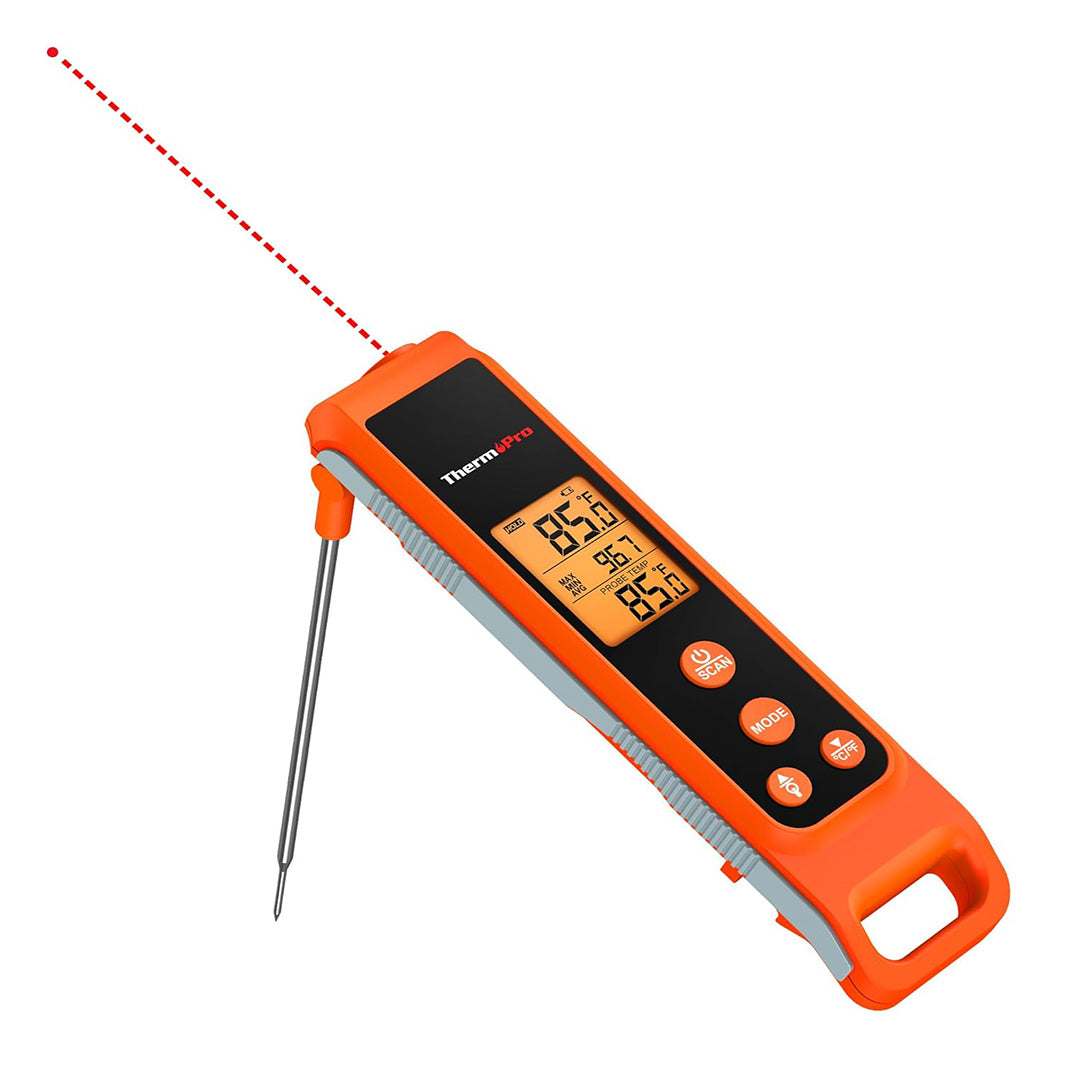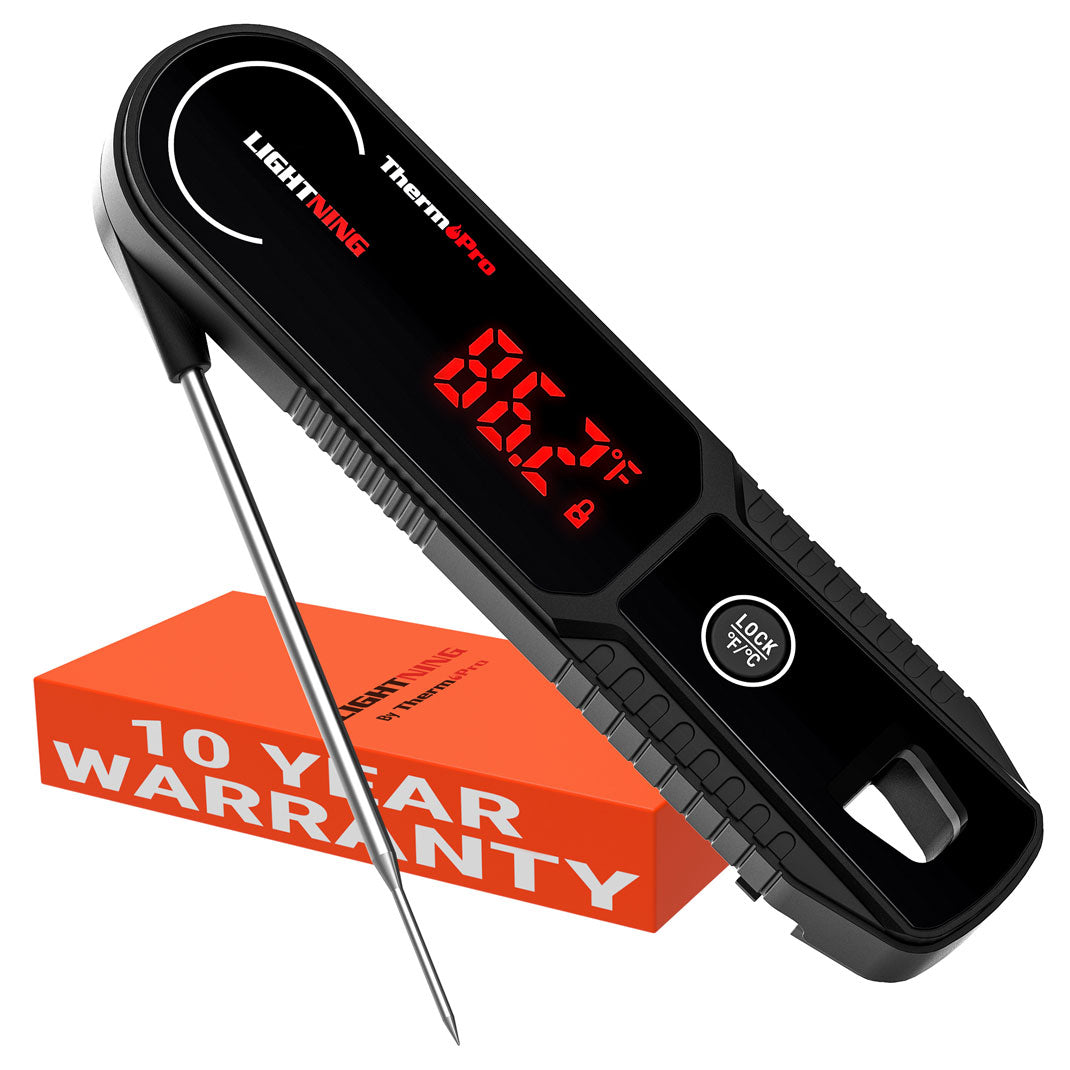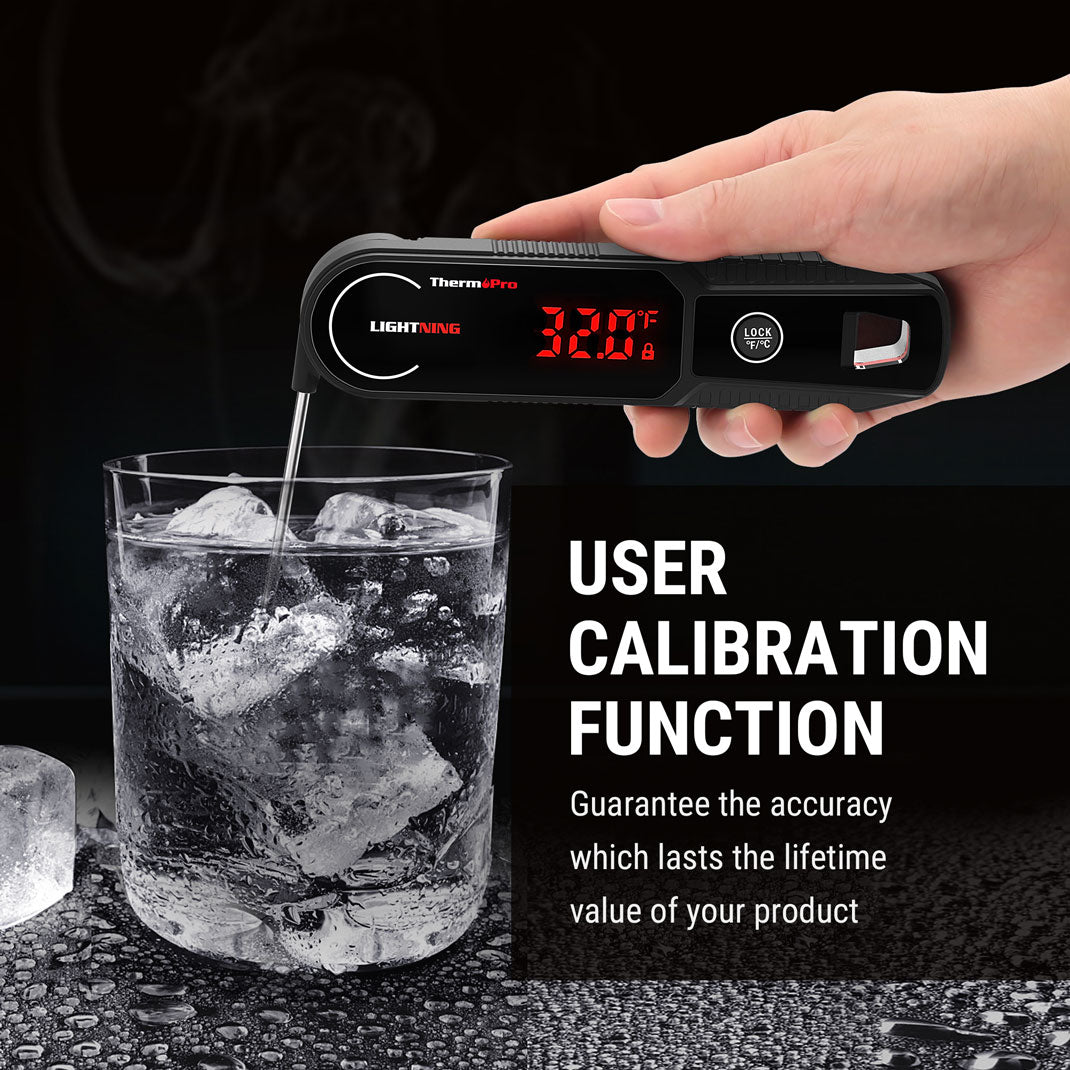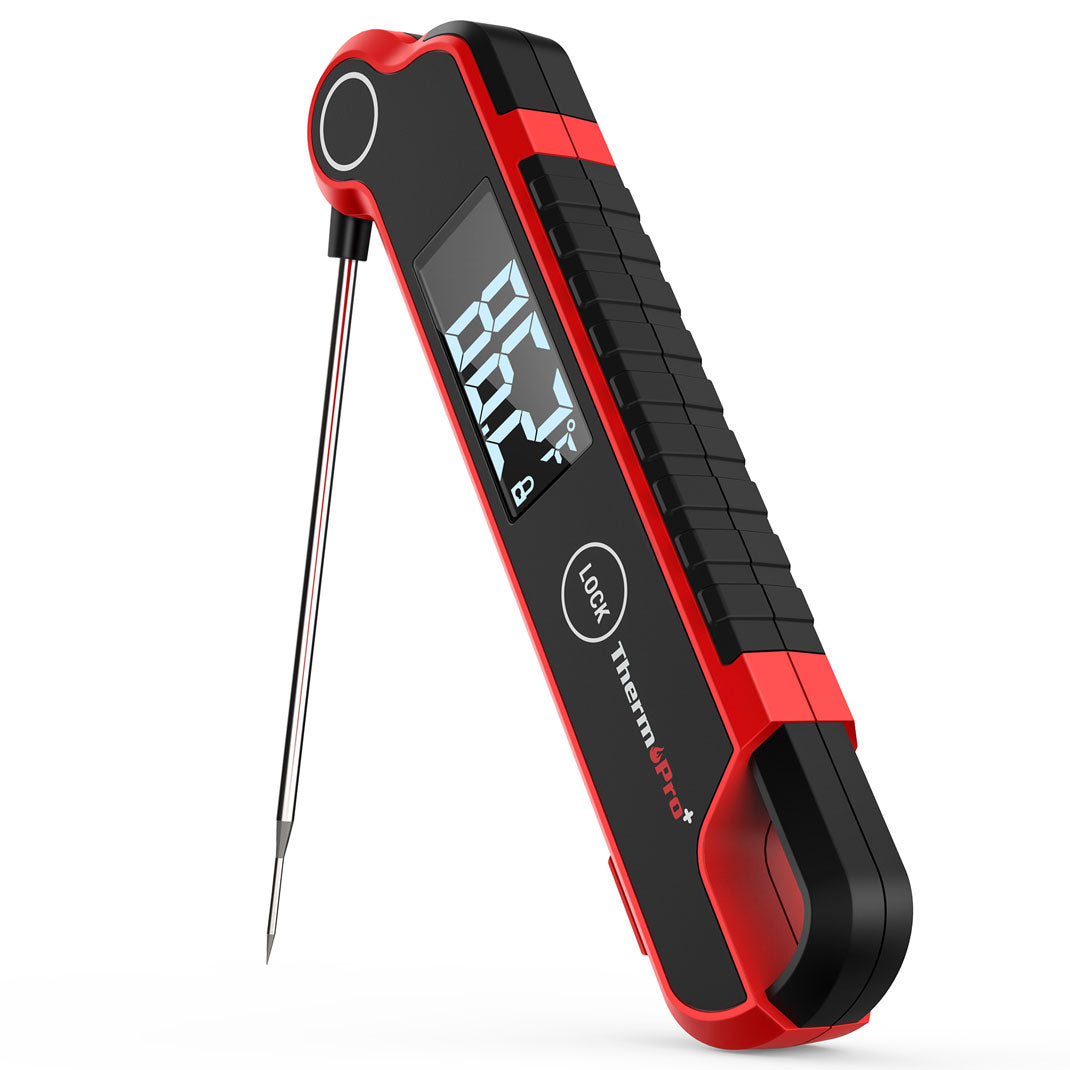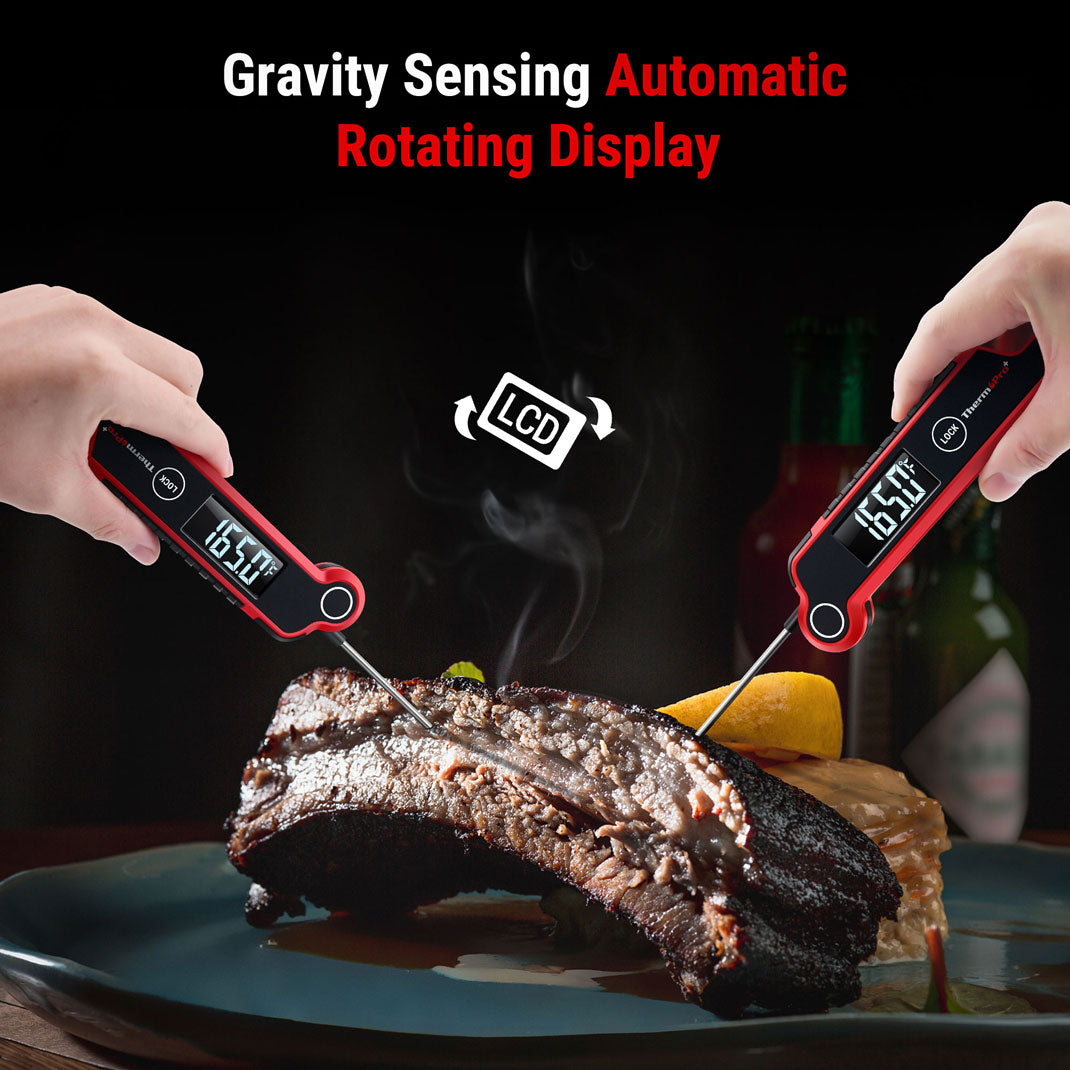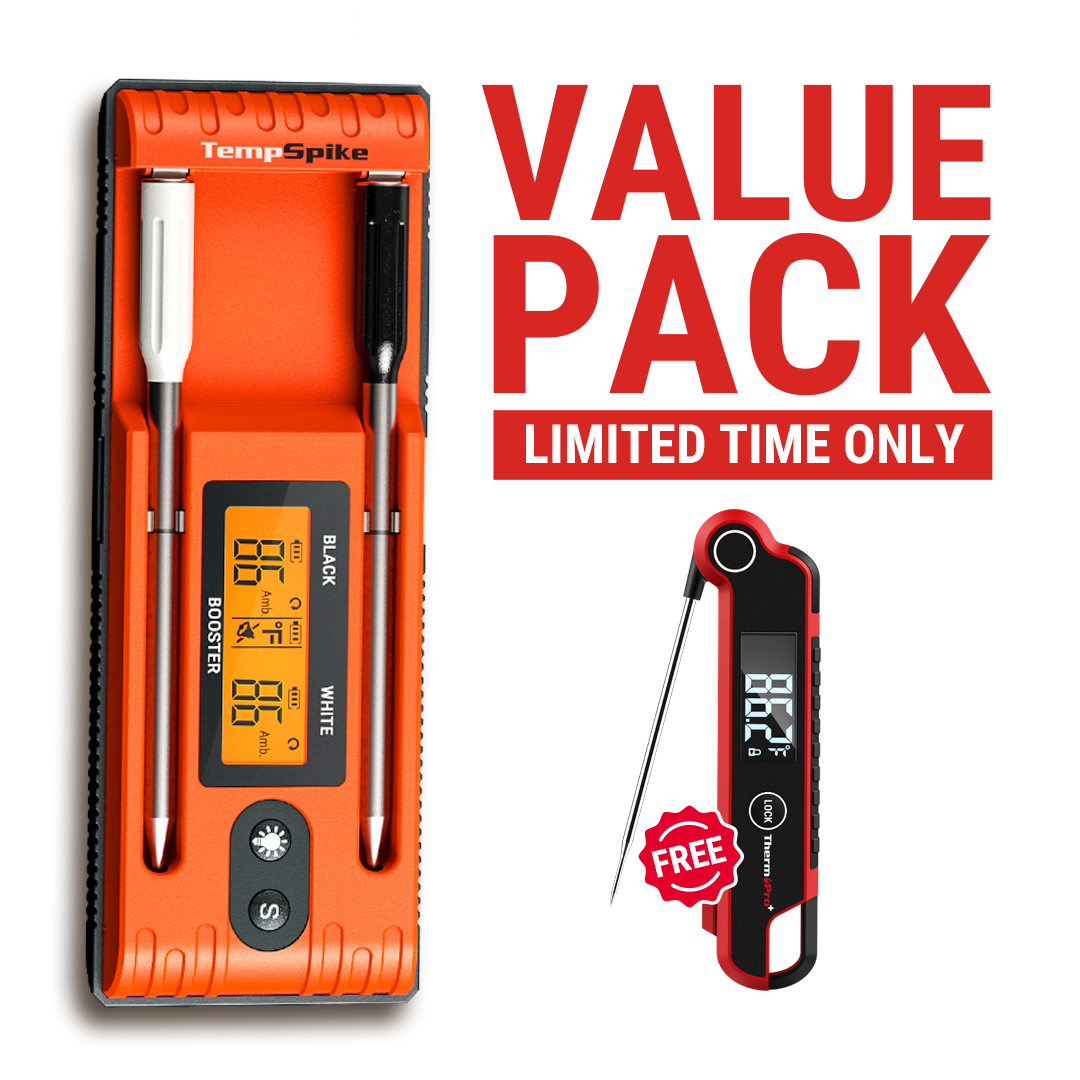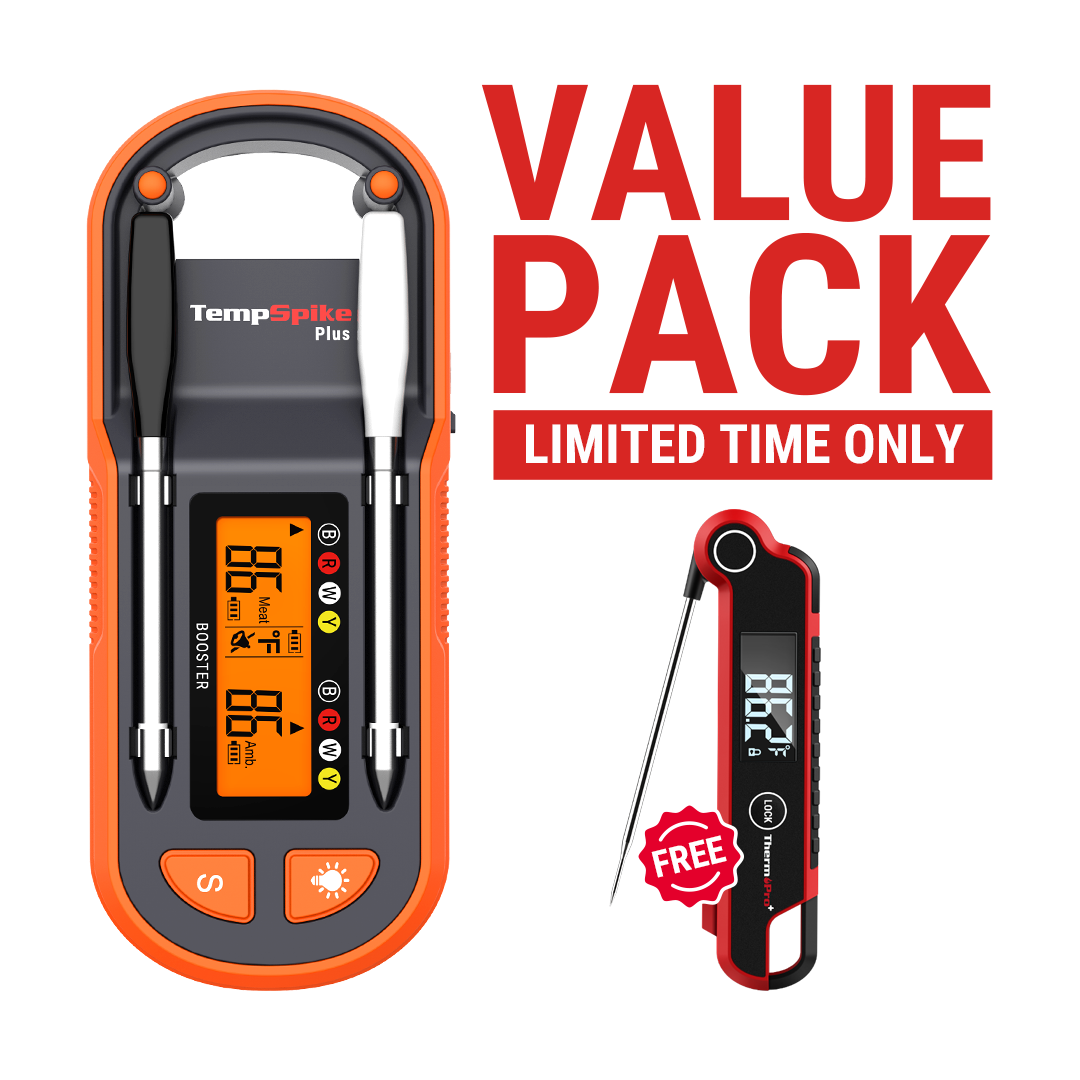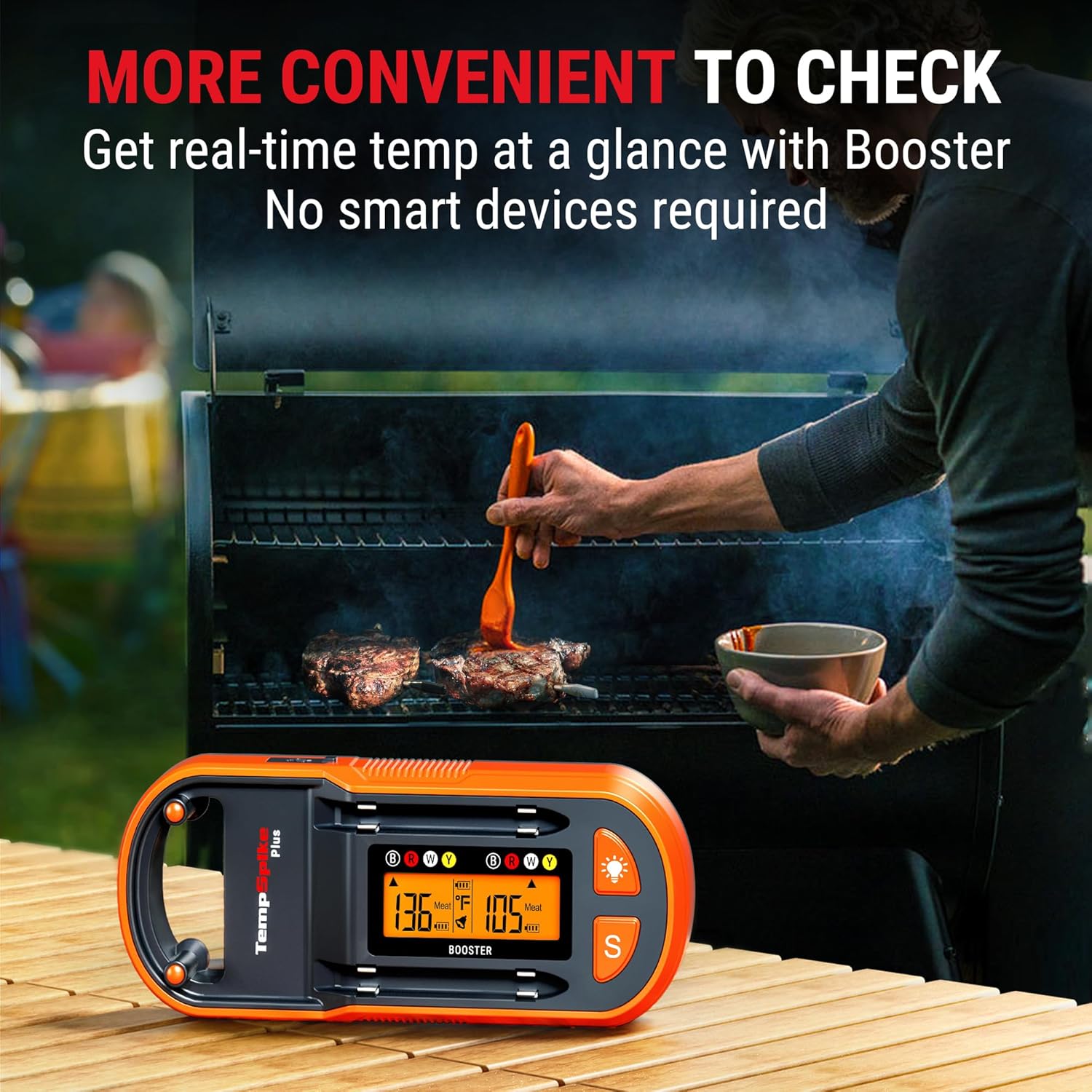Protect Your Child’s Taste Buds: The Importance of Serving Food at the Right Temperature






 288 Comments
288 Comments
1. Why Serving Temperature Matters for Kids
Children’s taste perception is far more sensitive than adults'. They have more taste buds, thinner oral tissues, and are still developing their preferences. This means that food temperature plays a crucial role in shaping how they experience flavor.
Serving food that’s too hot can damage delicate oral tissue and even burn taste buds, making kids more likely to reject healthy foods. On the other hand, food that’s too cold can suppress taste and aroma, leading to bland experiences and reduced appetite.
2. Scientific Evidence: Temperature and Taste Development
Taste Bud Sensitivity in Early Childhood
Studies show that taste sensitivity in children, especially for sweet, sour, and umami flavors, is at its peak during early developmental stages (ages 4–6). Research published in journals like Appetite and Chemical Senses explains how early exposure to different taste intensities—including those affected by food temperature—has a long-term impact on food preference.

How Temperature Changes Taste Perception
- A study from Yale University found that temperature alone can stimulate taste sensations. This phenomenon, called “thermal taste,” shows that heat affects how strongly we perceive sweetness, bitterness, and saltiness.
- Scientific data indicates that sweet and umami taste receptors like TRPM5 are most active in the 15–35°C (59–95°F) range. Beyond this, taste receptor sensitivity declines.
- Food served above 35°C (95°F) may begin to dull taste perception, while excessively hot food (>60°C or 140°F) can even irritate or desensitize taste buds.
3. Risks of Overheated Food for Children
When food is served too hot, it doesn’t just taste worse—it can also pose serious risks:
- Burn Injuries: Children’s oral tissue is thinner and more sensitive. Foods hotter than 60°C (140°F) can cause burns or long-lasting discomfort.
- Taste Bud Damage: Heat can temporarily dull taste bud function. Repeated exposure may make children less inclined to try or enjoy new foods.
- Picky Eating: A child who once burned their mouth on soup or hot vegetables may become reluctant to eat those foods again.
4. Recommended Serving Temperatures for Kids
To protect your child’s taste buds and enhance their mealtime experience, aim to serve food at moderate, child-safe temperatures.
Optimal Serving Ranges:
- Liquids (e.g., milk, formula, soups): 37°C (98.6°F) – roughly body temperature
- Soft foods (mashed potatoes, pasta, eggs): 30–35°C (86–95°F)
- Solid foods: Below 40°C (104°F)
- Avoid: Anything over 60°C (140°F) to prevent oral burns
5. ThermoPro Tools for Safe & Enjoyable Meals
Serving your child’s meals at the perfect temperature is easier with precise and reliable thermometers from ThermoPro.

ThermoPro TP622 Lightning One-Second Instant-Read Thermometer
- Ultra-fast 1-second temperature readings with ±0.5°F accuracy
- 180° rotating backlit display for easy viewing from any angle
- Auto on/off and IP65 waterproof design for convenience and durability
- Backed by a 10-year warranty
- Perfect for quickly checking soups, purees, or baby meals

ThermoPro TP420 Infrared Thermometer
- Non-contact thermometer ideal for liquids and surface temperatures
- Measures from -58°F to 716°F (-50°C to 380°C) with ±2% accuracy
- Laser targeting ensures pinpoint accuracy
- Compact and quick—perfect for parents on the go
Need a quick visual guide for your fridge? Check out our magnetic meat temperature guide sticker.
6. Key Takeaways
- Kids’ taste buds are especially sensitive to temperature and easily damaged
- Serving food at moderate temperatures protects taste and encourages healthy eating
- Studies confirm temperature influences taste perception and flavor preference
- ThermoPro thermometers ensure precise, safe food temperatures for children
7. Conclusion
Protecting your child’s taste buds isn’t just about avoiding burns—it’s about preserving their love for healthy, flavorful food. With accurate tools like the TP622 Instant-Read Meat Thermometer and TP420 Infrared Thermometer, you’ll always know your meals are being served at just the right temperature.
Comments
You May Also Like
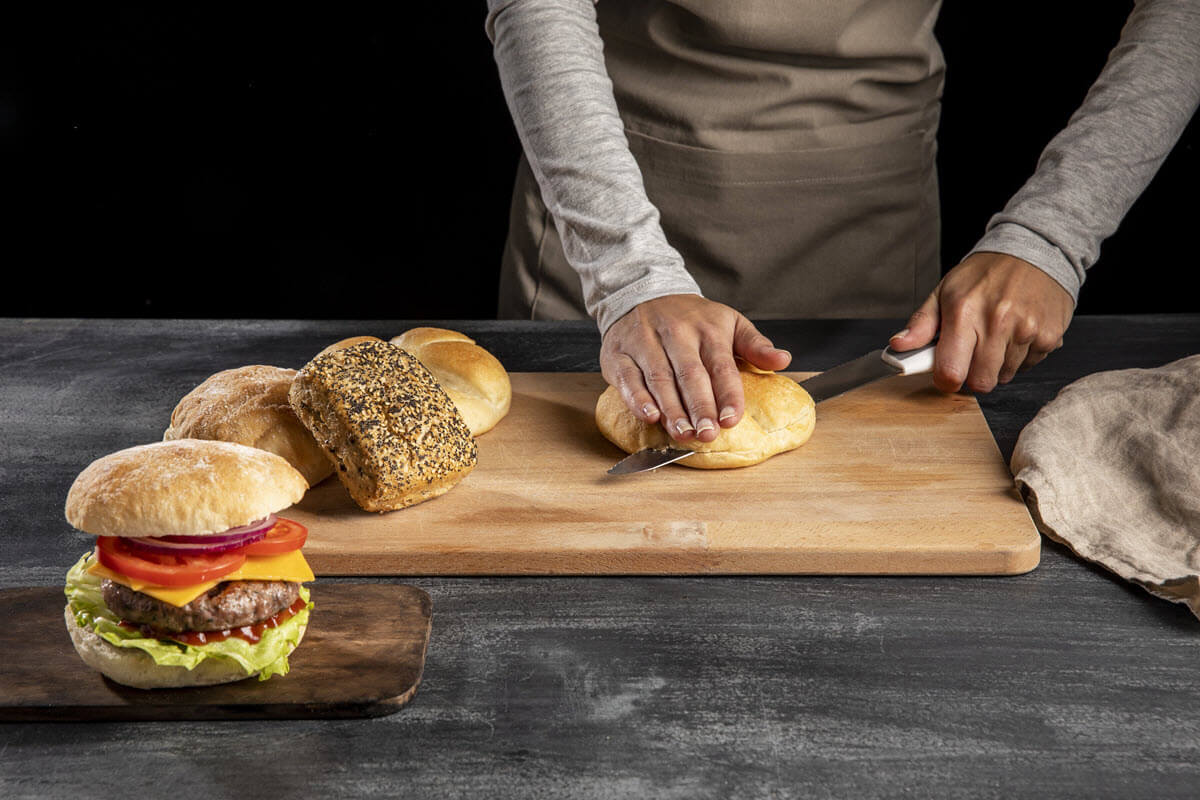
Burger Temperature Guide: Master Doneness Levels & Recipes
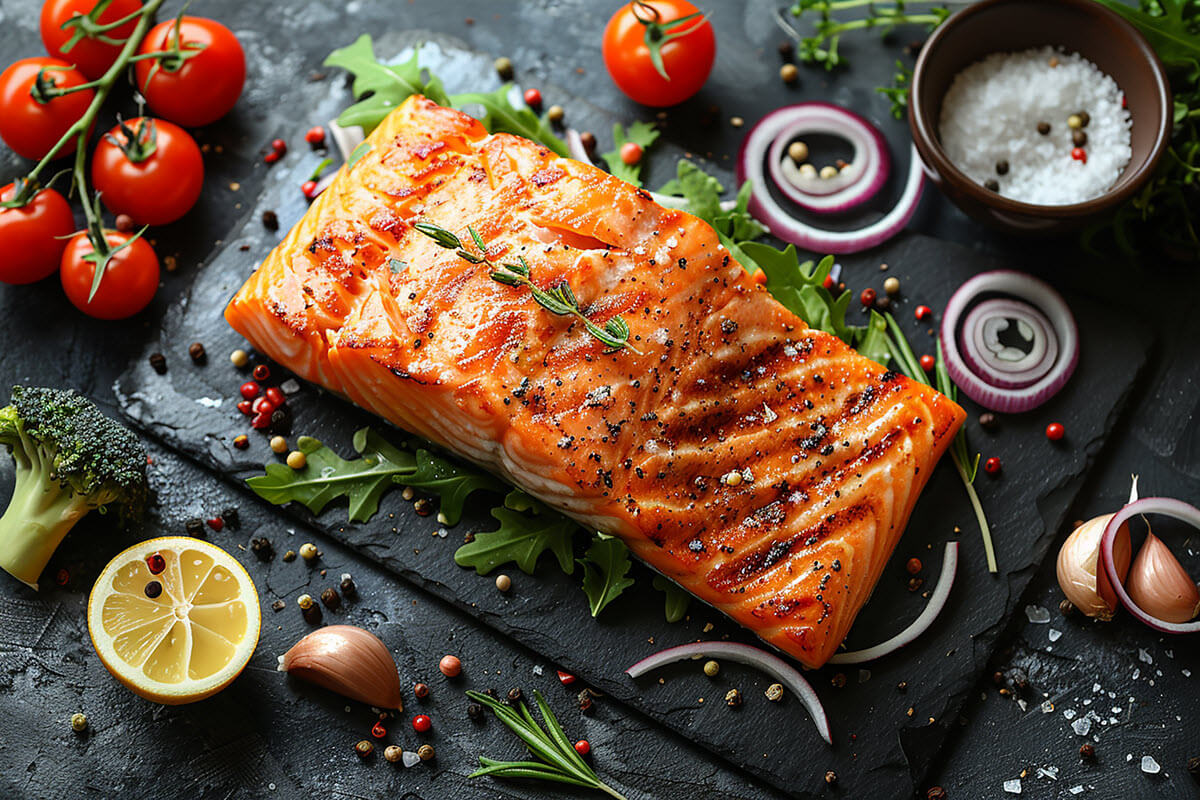
Salmon Internal Temp: The Best Temp to Cook Salmon







